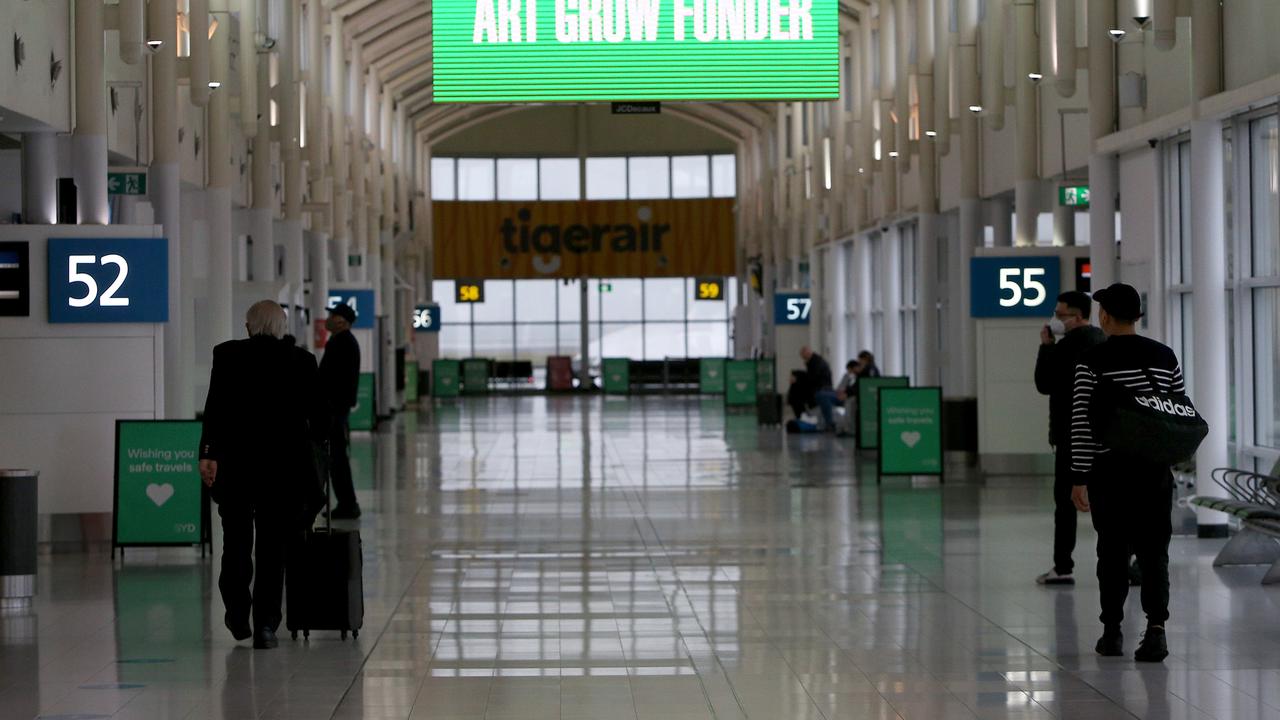Superannuation rules map a new path for people’s lifetime investments
THE government isn’t just changing the superannuation rules, it is completely up-ending the entire lifetime investment landscape for every Australian, writes Terry McCrann.

THE government isn’t just changing the superannuation rules, it is completely up-ending the entire lifetime investment landscape for every Australian.
Under the existing tax rules — that apply, importantly, not just to superannuation but to all other investments, including the biggest: the family home — we all had a very straightforward what I would call “lifetime investment journey”.
The first step in the journey, taken in your 20s and 30s, was to buy that family home — whether or not, just to be pedantic, you yet had, or indeed ever intended to actually have, “a family”.
Technically, it’s your “owner-occupied” property. It remains the best investment you can make as it’s completely free of capital gains tax.
Provided, of course, you don’t buy the wrong property or at the wrong time. And that applies double to investment properties.
It’s also rather handy as somewhere to sleep; we’ve all gotta sleep somewhere.
As a wage and salary earner, you would also be making those compulsory injections into super; for most people the combination of mortgage repayments and the super contributions would pretty much soak up — indeed over soak up — any discretionary dollars.
In your 40s, hopefully, would come the second step — buying an investment property and negatively gearing it. Again, that married tax benefits with historic investment dynamics; and while you had salary/wage income to soak up the tax losses.
Then, in your 50s came the time to maximise your super. You had two avenues — salary sacrifice, which increased your pre-tax contributions, and after-tax contributions up to a maximum of $180,000 a year.
Your final step would be to sell the family home, or the investment property, or both, and pour the maximum you could into super. By front-end loading three years at 65, you could put in as much as $540,000 for an individual or $1.08 million for a couple.
Then, on retirement, all the income generated in the fund would be tax-free and so also the pension in your hand paid out by the fund.
Incidentally, the government is giving people one last chance to put in the $540,000/$1.08 million before the new rules apply from next July 1.
Well, the government hasn’t quite eliminated that crucial final step. But it’s sharply reduced it. In future, you will only be able to put in a final $300,000/$600,000.
Further, you will only be able to do that if the injection doesn’t take your individual super balance above $1.6 million. If you’ve already got there with your pre-tax contributions (and earnings) over your working life, you can’t put a single extra dollar of after-tax contribs in. Now a $1.6 million super balance might seem like an impossible dream for most people. But in fact, as the years and decades tick by, it won’t only become increasingly feasible but indeed necessary if you want to be able to fund 30 years or so of retirement.
Indeed, as more and more ordinary houses in working-class suburbs pass the $1 million, and houses in “Barry Humphries-land” go past $2 million and indeed $3 million, those sorts of balances are entirely possible right now. But after this year, the government is effectively prohibiting people from doing exactly that. You will only be allowed to build a retirement nest egg of greater than $1.6 million if you do one of two things: you get there by your pre-tax contributions and their earnings; or you put the up-to $100,000-a-year in early (not going above $1.6 million) and let pre-tax contributions take you as high as they can over your working life.
Obviously, that mostly rules out 99 per cent of the population. So, a policy supposedly designed to reduce the super tax benefits for high-income earners makes them the only ones that can now access them. Yes, the $1.6 million is supposedly going to be indexed for inflation. But it will be indexed to an inflation that will see it falling further and further behind in real terms.
All this complicates that lifetime investment journey.
The core remains intact — family home, investment property, super. But you will now need to think about getting more money into super through after-tax contributions earlier in life.
The key opportunities would be if you sold the family home to “trade-up”, or when you cashed in an investment property. You might have to decide between going for two new properties or one plus super.
The other big consequence is that if you can’t put more money into super when you hit 60, there would be little point in cashing in the family home.
Or you might cash it in and “bring forward” bequests from your will — say, putting the money into your children’s super.
Originally published as Superannuation rules map a new path for people’s lifetime investments


